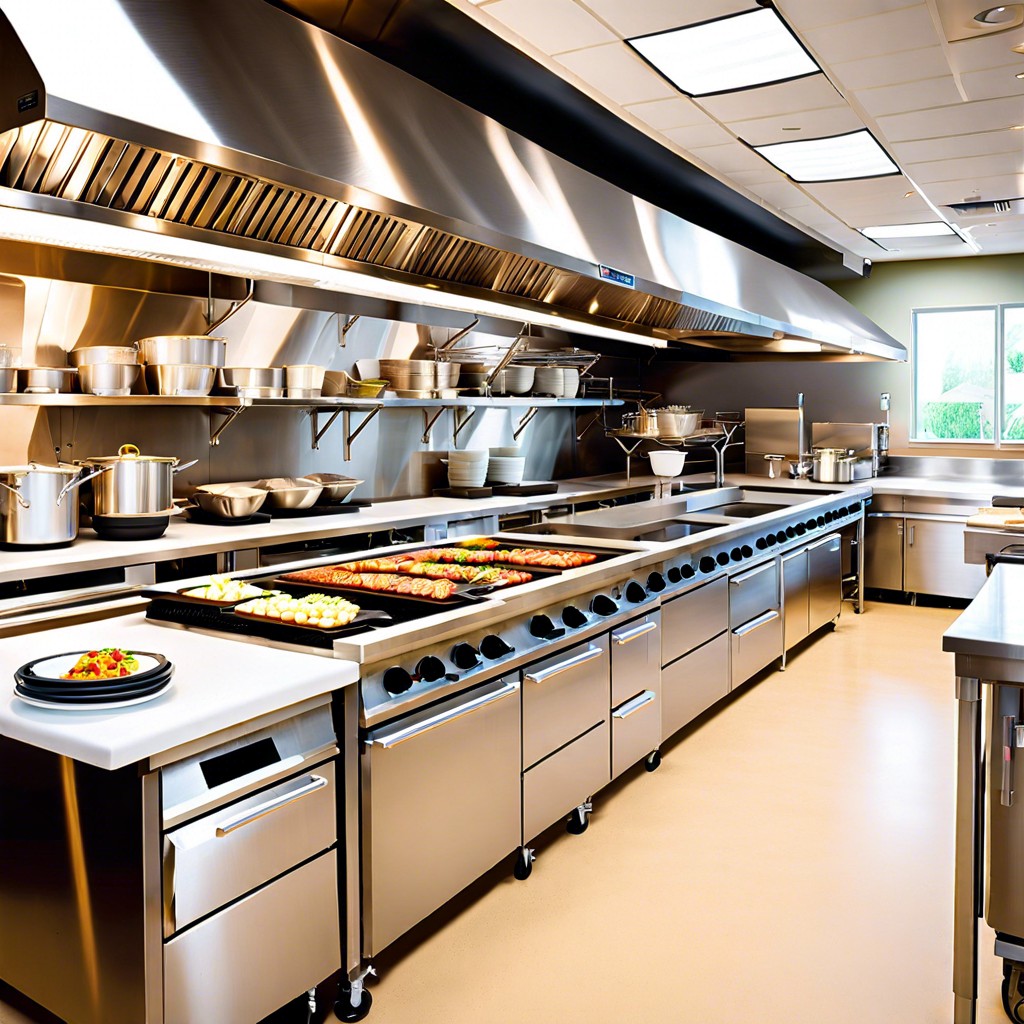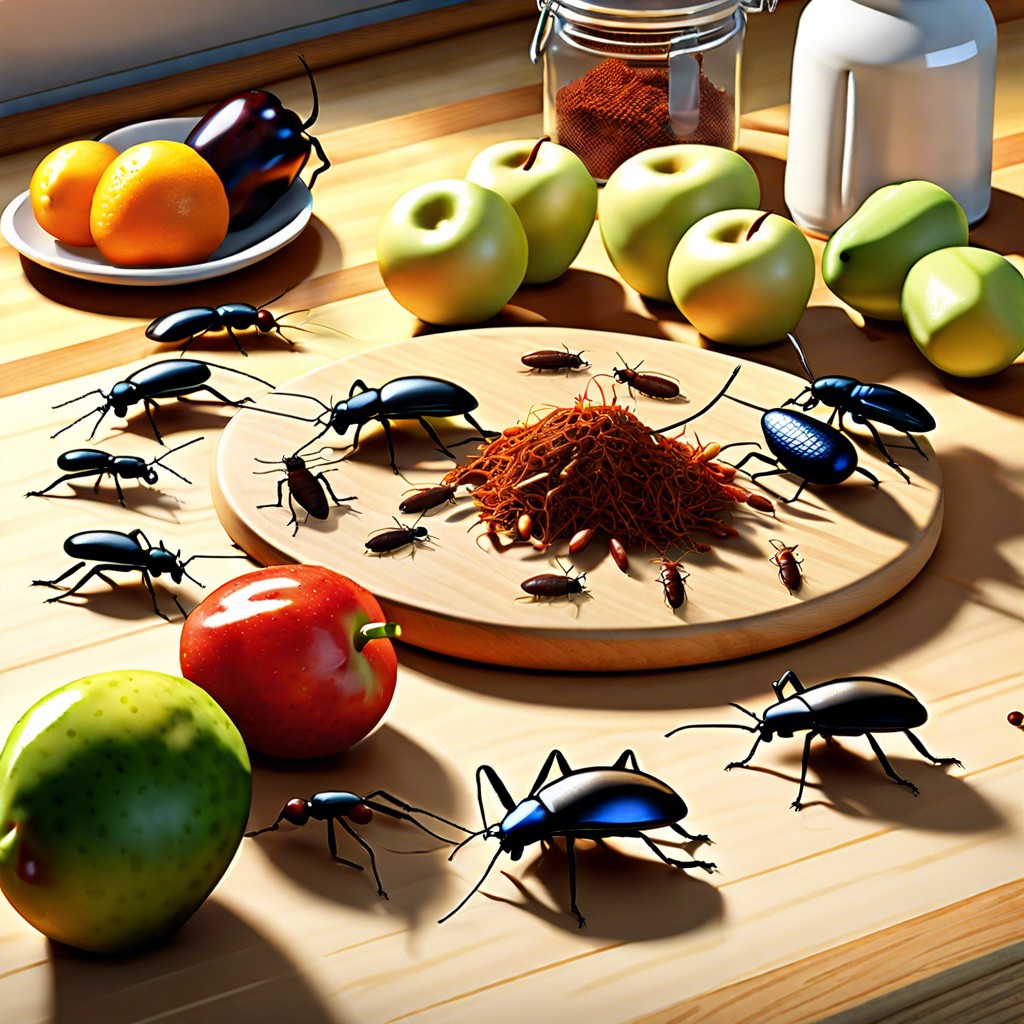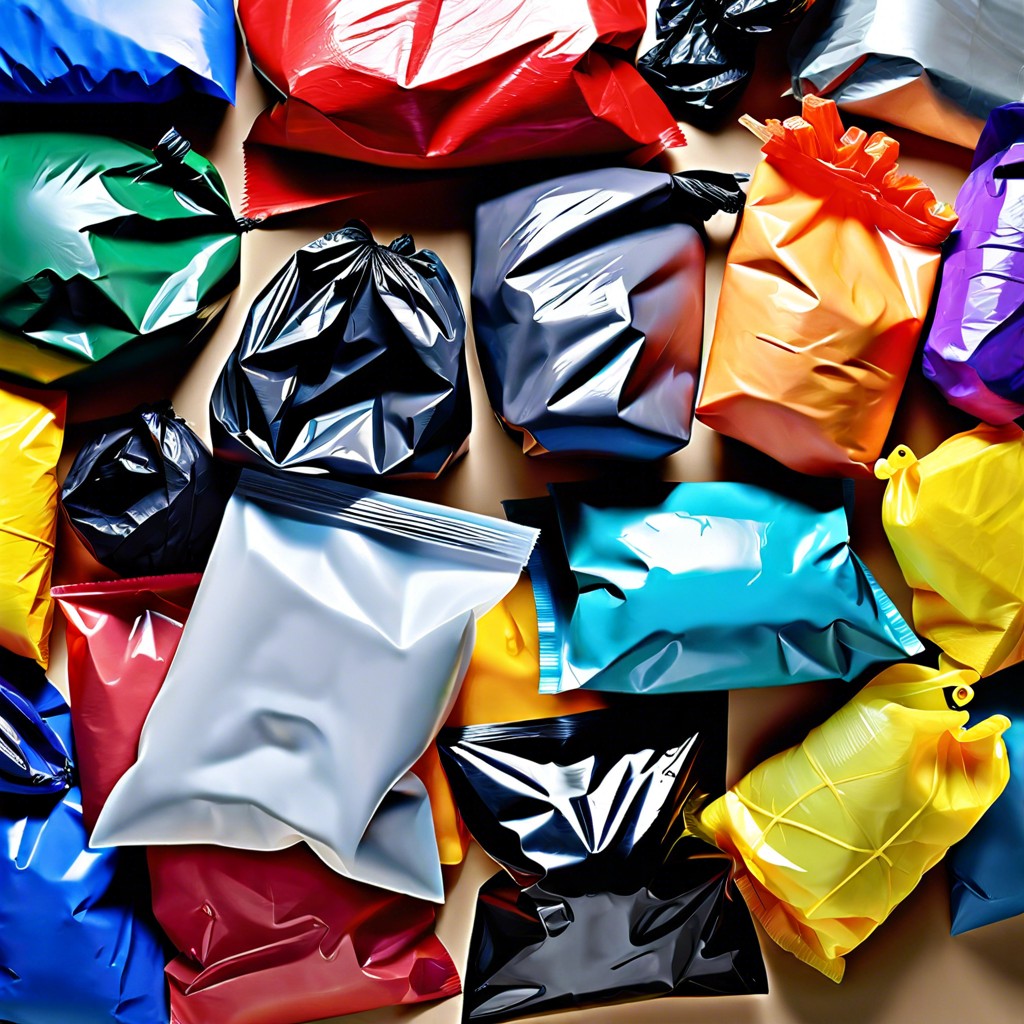Last updated on
Learn the practical steps to kosher a kitchen according to Jewish dietary laws, ensuring every inch meets strict food preparation guidelines.
Key takeaways:
- Separate meat and dairy to avoid cross-contamination.
- Inspect and clean fruits and vegetables thoroughly for insects.
- Deep clean the kitchen and designate separate areas for meat and dairy.
- Kashering utensils and appliances to remove non-kosher residue.
- Regularly inspect and clean appliances to maintain a kosher kitchen.
What's Inside
Understanding Kosher Cooking and Its Requirements

Kosher cooking is an ancient culinary practice rooted in Jewish dietary laws, known as kashrut. These laws dictate which foods are permissible and how they should be prepared. To comply, certain steps must be taken:
Firstly, meat and dairy cannot mix. Not only must these items be prepared and eaten separately, but also the utensils and appliances must not cross-contaminate. This separation extends to storage areas and cleaning resources.
Secondly, only certain animals are kosher. These include ones that chew their cud and have cloven hooves for mammals, and fish that have fins and scales. Birds of prey are not kosher. Each animal must also be slaughtered and processed in a specific humane manner, known as shechita.
Thirdly, fruits and vegetables are kosher, but they must be inspected and cleaned thoroughly to ensure no insects are present, as these are not kosher.
Finally, all processed foods must have a reliable kosher certification to ensure they meet kosher standards, with every ingredient and the production process scrutinized.
These core rules are just the starting point for kosher cooking, as other detailed regulations also apply. Strict adherence transforms a regular kitchen into a kosher sanctuary of food preparation.
Essential Steps to Koshering a Kitchen
Transitioning to a kosher kitchen isn’t simply a matter of buying different food; it involves a thorough process to ensure that cooking spaces and utensils adhere to kosher laws. These steps are vital in creating a kosher-compatible environment, where the separation of meat and dairy, as well as the use of kosher-certified products and appliances, becomes the norm.
Begin with a deep clean of the entire kitchen, including all surfaces, shelves, and storage spaces. Grime and leftover food particles can cause complications with keeping kosher, so removing all traces of previous cooking is crucial.
Next, focus on the separation of meat and dairy utensils and areas within your kitchen. This might involve labeling drawers and cupboards or even designating specific zones for meat and dairy preparation. If space allows, consider using separate sinks or at least separate basins for washing meat and dairy dishes.
The concept of “kashering” utensils and appliances — that is, purging them of non-kosher residue — is also an essential step. Kashering techniques vary depending on the material and usage. For example, metal pots can be immersed in boiling water, while an oven may need to be cleaned and then heated to a high temperature to kasher it.
Finally, switch to kosher-certified products, as these have been processed according to kosher standards. Carefully check product packaging for kosher symbols, as certification can depend on regional kosher authorities or differences in kosher law interpretations.
By adhering to these steps, you transform your kitchen into a space where kosher dietary laws can be observed with peace of mind. Remember that it’s not only about the initial kashering; maintaining a kosher kitchen requires ongoing vigilance and commitment.
Addressing Appliances: Stoves, Ovens, and Refrigerators
Stoves and ovens are the powerhouses of your kitchen, responsible for cooking and transforming ingredients. You’ll need to kasher these to meet kosher standards. For gas ranges, make sure to clean thoroughly and run a burn-off process by turning the burners on high for a period of time. For electric ranges, the elements should be glowing red to ensure proper kashering. In both types, don’t forget the racks and interior surfaces; they may require a self-cleaning cycle or a thorough scrub and intense heat treatment.
Your oven’s self-cleaning setting is your best friend here. It does the heavy lifting by reaching extremely high temperatures, which effectively kasher the appliance. If your oven lacks this feature, consult an authority for alternative methods.
Moving on to refrigerators, the focus shifts to cleanliness rather than heat. Remove all food and shelving, and clean every surface with a reliable cleaner to eliminate traces of chametz and non-kosher food. This step is more about ensuring there’s no cross-contamination of food going forward.
Remember, regular inspection and maintenance of appliances will keep them kosher-friendly between uses. This ensures that the sanctity of kosher dietary laws remains intact every time you cook.
Kashering Pots, Silverware, and Small Utensils
Kashering metal pots and silverware usually involves immersing them in a pot of boiling water—a process known as hagala. First, ensure that the items have not been used for at least 24 hours to consider them “ben yomo” or no longer imparting a taste. Fill a large pot with water and bring it to a rolling boil. Submerge each item one by one for a few seconds. Once kashered, place them immediately in cold water to complete the process.
For materials like porcelain, earthenware, or stoneware, kashering is generally not possible, as these are porous materials that retain the absorbed non-kosher taste. Check with a rabbinic authority for specific guidelines.
With small utensils, a similar immersion process applies. One practical way to manage these is by using a wire basket or colander, which allows you to kasher multiple small items together without the risk of them touching the hot sides of the pot.
For items that cannot be immersed, such as certain knives with non-removable handles, the process is called libun, a direct torching method or passing over a flame, which requires careful attention to ensure every part is thoroughly heated. This method often takes expertise, so consulting with a knowledgeable authority is recommended.
It’s essential to note that the above instructions are simplified and are not a substitute for in-depth study or consultation with someone experienced in the laws of kashering. Always seek halachic guidance for this nuanced and significant mitzvah.
Procedures for Freezer, Refrigerator, Pantry, and Food Shelves
Ensuring your storage spaces comply with kosher standards requires diligence and attention to detail. Start with your freezer and refrigerator by thoroughly cleaning all surfaces, including shelves and drawers, to remove any traces of non-kosher food. During this process, it’s crucial not to overlook the nooks and crannies where crumbs and residue can hide.
When addressing your pantry and food shelves, careful sorting is critical. Segregate kosher items from non-kosher ones and be meticulous in checking labels for kosher certification. Non-kosher items should be removed or stored separately if they are kept for non-kosher consumers in the household.
Also, remember that porous containers used to store non-kosher foods might retain residue; it’s best to replace them or ensure they undergo a koshering process. Finally, regularly re-evaluate the contents of your storage spaces, staying vigilant about the integrity of the kosher status to prevent accidental cross-contamination.




